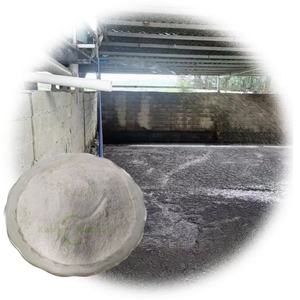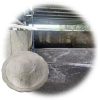Overview of Coagulant and Flocculant Anionic Polyacrylamide Specification
Anionic surfactants are a class of surface-active agents characterized by a negatively charged hydrophilic head group when dissolved in water. This charge arises from the presence of a sulfate, sulfonate, phosphate, or carboxylate group. They are among the most widely used surfactants due to their effective cleaning properties, foaming capacity, and broad compatibility with other formulation ingredients. Anionic surfactants find extensive application across industries, including personal care, household cleaning, textiles, and industrial processes.
Features of Coagulant and Flocculant Anionic Polyacrylamide Specification
-
Negative Charge: The anionic head group imparts water solubility and enables interaction with positively charged surfaces or particles.
-
Detergency: Exceptional at removing dirt, grease, and oils due to their strong polarity and ability to penetrate and disrupt these substances.
-
Foaming Properties: Many anionic surfactants generate stable and abundant foam, making them ideal for applications where lather is desired.
-
Cost-Effectiveness: They are often less expensive than nonionic, cationic, or amphoteric surfactants due to the abundance of raw materials and established production processes.
-
Compatibility: Can be combined with other surfactants to enhance performance or adjust properties, although care must be taken to avoid precipitation or incompatibility issues.
-
Environmental Considerations: Some anionic surfactants may pose environmental concerns due to their persistence or toxicity; however, biodegradable options are available.
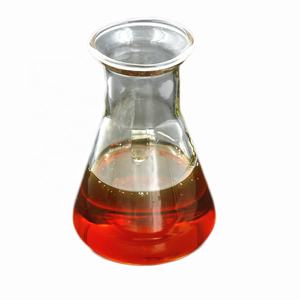
(Coagulant and Flocculant Anionic Polyacrylamide Specification)
Specification of Coagulant and Flocculant Anionic Polyacrylamide Specification
Coagulant and flocculant anionic polyacrylamide (APAM) is a high-molecular-weight water-soluble polymer extensively utilized in water therapy, sludge dewatering, and solid-liquid splitting up procedures. Its specifications are crucial to guarantee optimal efficiency in different commercial and local applications. Below are the crucial specifications:
** Look **: Anionic polyacrylamide is usually provided as white granules or powder, without noticeable pollutants.
** Molecular Weight **: The molecular weight arrays in between 10– 25 million Daltons, affecting its bridging and adsorption capacities. Greater molecular weights improve flocculation performance in high-turbidity water.
** Fee Thickness **: The anionic cost thickness varies between 10– 40%, depending upon the degree of hydrolysis. This identifies the polymer’s capacity to counteract and destabilize colloidal fragments through cost neutralization and linking mechanisms.
** Solubility **: APAM liquifies readily in water, forming a thick service. Dissolution time usually varies from 30– 90 mins, relying on fragment dimension and agitation. Pre-dispersion in water is suggested to stay clear of clumping.
** Bit Size **: Offered in 20– 100 mesh sizes, with finer fragments liquifying much faster. Customized fragment sizes can be customized to certain application requirements.
** pH Resistance **: Efficient across a wide pH range (5– 10), making it ideal for varied water conditions. Performance might differ somewhat in severe pH settings.
** Dosage **: Optimal dose arrays from 0.1– 10 ppm, depending on water quality, contaminant focus, and procedure goals. Overdosing may cause restabilization of bits.
** Life span **: Stable for up to 2 years when saved in a great, dry location (below 25 ° C) in sealed packaging. Prolonged direct exposure to moisture or warmth may weaken efficiency.
** Applications **: Mostly utilized in municipal wastewater treatment, industrial effluent clarification (e.g., mining, textiles, oil & gas), mineral handling, and papermaking. Enhances sedimentation, filtering, and centrifugation effectiveness.
** Safety and security **: Safe however might cause irritation upon direct call. Usage safety gear during handling. Stay clear of blending with cationic polymers to stop precipitation.
** Packaging **: Available in 25 kg woven bags with inner polyethylene liners or mass containers for large-scale customers.
Anionic polyacrylamide’s efficiency depends on choosing the correct molecular weight, fee thickness, and dosage for details water chemistry and therapy goals. Custom formulas are readily available to resolve special operational difficulties. Constantly conduct jar examinations to establish optimal item configuration and application parameters.
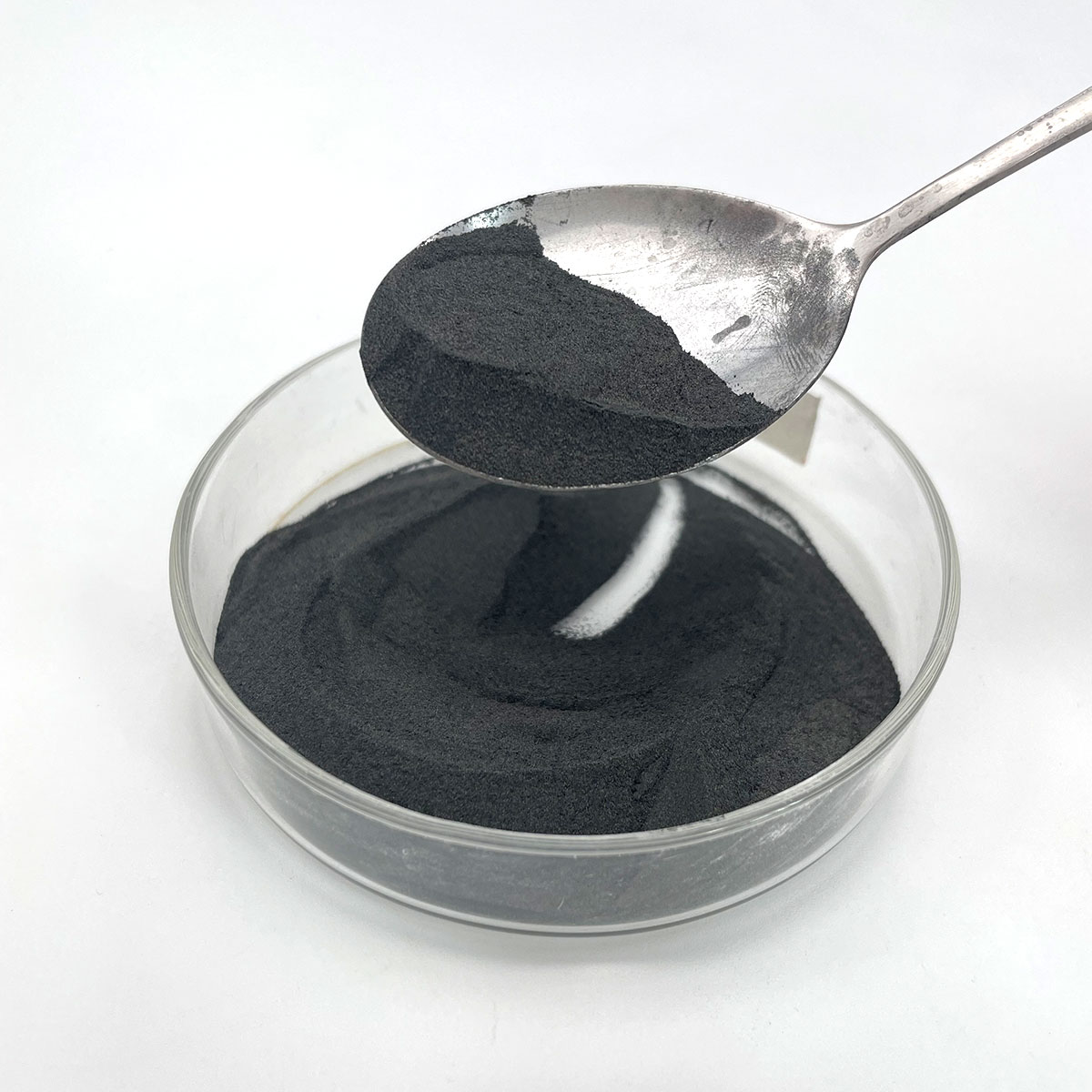
(Coagulant and Flocculant Anionic Polyacrylamide Specification)
Applications of Coagulant and Flocculant Anionic Polyacrylamide Specification
Anionic polyacrylamide (APAM) is a high-molecular-weight polymer extensively made use of as a coagulant and flocculant in numerous sectors because of its capacity to undercut colloidal fragments and aggregate suspended solids. Its anionic charge makes it particularly effective in treating wastewater with favorably charged impurities. Below are key applications and requirements of anionic polyacrylamide.
** Applications: **.
1. ** Water and Wastewater Treatment: ** APAM is extensively used in metropolitan and commercial wastewater treatment to get rid of suspended solids, raw material, and heavy steels. It boosts sedimentation, purification, and clarification processes by binding great bits right into bigger flocs for simpler elimination.
2. ** Mining and Mineral Processing: ** In mineral extraction, APAM help in tailings monitoring, slurry dewatering, and solid-liquid separation. It enhances process performance by increasing sedimentation and reducing water content in sludge.
3. ** Oil and Gas Sector: ** APAM is applied in drilling fluids to manage viscosity and in created water therapy to separate oil-water emulsions. It additionally aids in enhanced oil recuperation (EOR) by modifying shot water viscosity.
4. ** Paper and Pulp Production: ** As a retention and drain help, APAM boosts paper high quality by binding penalty fibers and fillers, minimizing wastewater lots.
5. ** Agriculture: ** It works as a soil conditioner to avoid disintegration, improve water retention, and lower irrigation overflow.
6. ** Building: ** APAM is made use of in concrete additives to lower water content and improve workability while reducing dirt in cement manufacturing.
** Requirements: **.
– ** Molecular Weight: ** Normally varies from 10– 25 million Daltons, guaranteeing strong bridging and adsorption capabilities.
– ** Charge Density: ** Adjustable in between 10– 40% (anionic), optimized for specific pollutant charges.
– ** Solubility: ** Dissolves swiftly in water (≤ 60 mins) with very little agitation.
– ** Bit Size: ** Offered as granules or powder (20– 100 mesh) for regulated dissolution.
– ** pH Tolerance: ** Effective in pH 5– 10, ideal for varied water chemistries.
– ** Dose: ** Low dosage (0.1– 10 ppm) supplies high performance, decreasing functional expenses.
– ** Service life: ** Approximately 2 years when kept in an awesome, dry setting.
Anionic polyacrylamide is valued for its flexibility, cost-effectiveness, and ecological safety when used as guided. Its customized formulas address complex separation challenges throughout markets, guaranteeing compliance with ecological guidelines and functional effectiveness.
Company Profile
SurfactantChina is a trusted global chemical material supplier & manufacturer with over 12-year-experience in providing super high-quality surfactant and relative products.
The company has a professional technical department and Quality Supervision Department, a well-equipped laboratory, and equipped with advanced testing equipment and after-sales customer service center.
If you are looking for high-quality surfactant and relative products, please feel free to contact us or click on the needed products to send an inquiry.
Payment Methods
L/C, T/T, Western Union, Paypal, Credit Card etc.
Shipment
It could be shipped by sea, by air, or by reveal ASAP as soon as repayment receipt.
5 FAQs of Coagulant and Flocculant Anionic Polyacrylamide Specification
What is Anionic Polyacrylamide (APAM) and its primary applications?
Anionic Polyacrylamide (APAM) is a water-soluble polymer with a negative charge, commonly used as a coagulant and flocculant in water treatment, mining, oil recovery, and industrial processes. It works by binding suspended particles or contaminants into larger clusters (flocs), enabling easier separation from water. Key applications include wastewater clarification, sludge dewatering, mineral processing, and soil erosion control.
What are the key specifications of APAM?
APAM specifications vary based on application but typically include molecular weight (ranging from 5–25 million Daltons), charge density (10–40%), particle size (80–100 mesh), solubility (≥90% within 60 minutes), and pH tolerance (3–10). These parameters determine its efficiency in bridging particles, settling speed, and compatibility with different water chemistries. Higher molecular weight enhances flocculation, while charge density affects interaction with contaminants.
How do I select the right APAM specification for my needs?
Selection depends on water quality (e.g., turbidity, contaminant type), system pH, temperature, and process requirements. For high-turbidity wastewater, a medium charge density and high molecular weight APAM is ideal. Low-charge variants suit systems with dissolved organic matter. Pilot testing or consulting a technical expert ensures optimal performance and cost-efficiency.
What are the application guidelines for APAM?
APAM is typically diluted to 0.1–0.5% solutions before use. Dosage ranges from 0.1–10 ppm, depending on contaminant load. It must be evenly dispersed using mechanical mixers for activation. Overdosing can cause excess sludge or re-stabilization of particles. Injection points and mixing speeds should align with system design to maximize floc formation and settling.
Are there safety or environmental concerns with APAM?
APAM is non-toxic but requires careful handling to avoid inhalation or contact with eyes/skin. Use PPE during handling. While APAM itself is biodegradable, residual acrylamide monomer (regulated to <0.05% in products) poses toxicity risks. Dispose of unused product per local regulations to prevent environmental harm. Always follow manufacturer guidelines for storage, handling, and disposal.
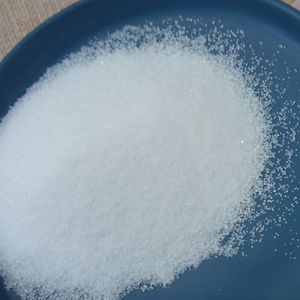
(Coagulant and Flocculant Anionic Polyacrylamide Specification)
